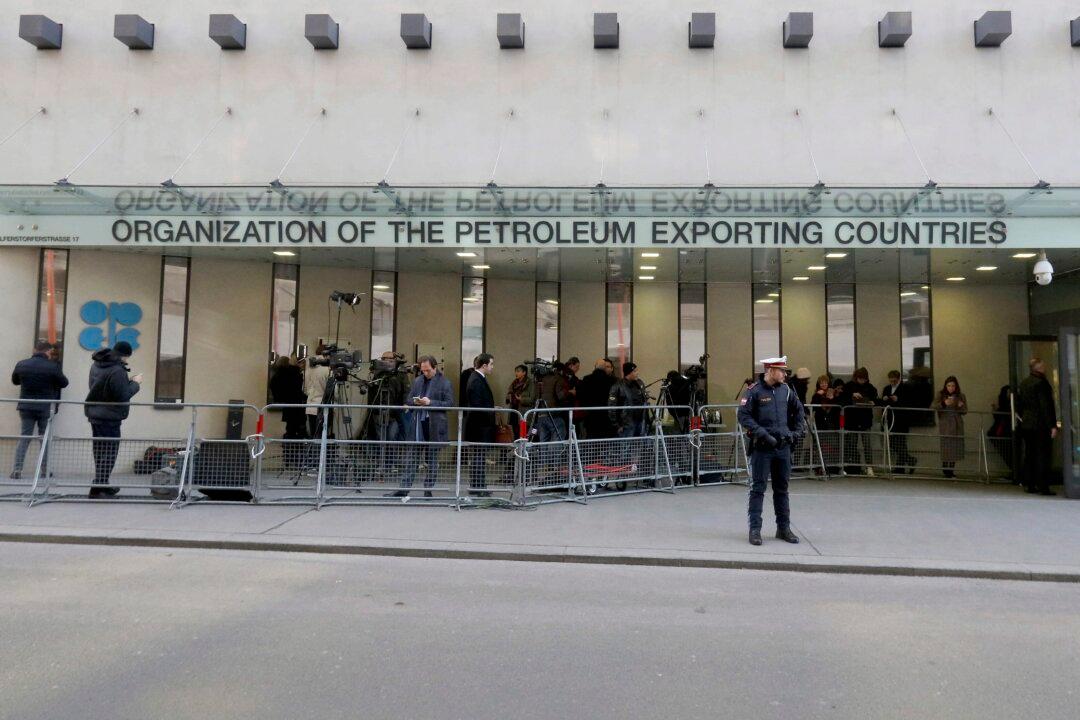The past year has seen oil & gas stocks flourish amid a Goldilocks environment. Oil demand is robust and OPEC+ has been successful in constraining the supply while green energy has not managed to fill the gap. Investment capital is expected back despite the growing trend of environmental considerations in investing and financing, say industry watchers.
For the time being, oil prices remain near recent highs following an abandoned July 5 OPEC+ meeting. The cartel, formed by the 14-member Organization of the Petroleum Exporting Countries (OPEC) and 10 additional oil-exporting countries, failed to strike a deal to manage production cuts beyond April 2022. The U.S. oil benchmark West Texas Intermediate (WTI) hit its highest level since 2014, briefly topping US$76 a barrel after the meeting’s abandonment before starting to decline on July 7.
Oilsands investment had been considerably lower since the heady days of 2014 when WTI last topped US$100 a barrel, but the Canadian Association of Petroleum Producers (CAPP) is forecasting a 14 percent increase in upstream natural oil and gas investment in 2021.
“Oil price stability creates more reliability and certainty for our sector’s operation, which leads to the anticipation of an increase in capital investment,” Mark Pinney, CAPP’s manager of market economics, told The Epoch Times.
Pinney said capital spending in the oil & gas sector is expected to be around $3.36 billion higher this year, reaching $27.3 billion, compared to an estimated total investment of $24 billion in 2020.
Pinney called it a “stabilizing of the industry.”
‘Road to Recovery’
The price of WTI is up over 50 percent in the first half of 2021 alone, and oil companies’ share prices are surging.
The Toronto Stock Exchange (TSX) capped energy sector has returned 54 percent in 2021 up to June 30, whereas it’s been a money loser for investors over the past three, five, and ten years.
In contrast, the TSX renewable energy and clean technology sector has lost 6.6 percent this year up to June 30 while showing solid returns for the three-, five-, and ten-year time frames.
“Right now, we believe the [oil and gas] industry is at the start of a long road to recovery,” Pinney said.
As OPEC+ curtailed supply, U.S. crude production remained muted as well.
BMO senior economist Art Woo in a June 25 note suggested three factors holding back U.S. supply—U.S. President Joe Biden’s climate change policies, the acceleration in environmental, social, and governance (ESG) investment considerations, and industry discipline in capital spending due to ongoing shareholder demands.





